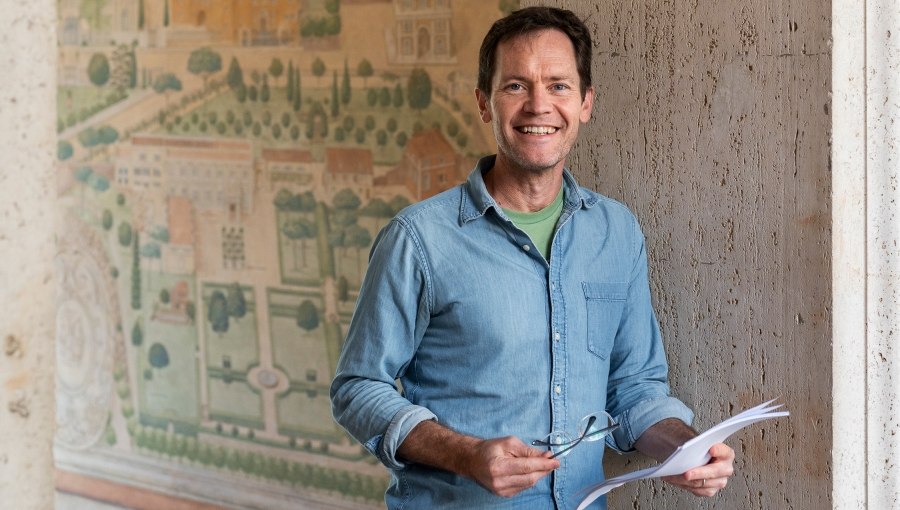The Great Races: Ancient Circuses in Rome and Carthage
John Cabot University’s Department of History and Humanities hosted a talk called The Circus and the City – The Urban Contexts of the Great Races in Rome and Carthage on October 1, 2019. The guest speaker was Professor Ralf Bockmann, Director of the Photo Library of the German Archaeological Institute in Rome, and Scientific Officer for North Africa. The talk, organized by History Professor Fabrizio Conti, examined the urban presence of circus arenas in ancient Rome and Carthage.
The ‘Circo Massimo’ (Circus Maximus) was an ancient Roman stadium and mass entertainment arena located in Rome, Italy. Situated in the plain between the Aventine and Palatine hills, and facing the Imperial Palace, it was the first and largest stadium in ancient Rome. The Circo Massimo measured 621 meters in length and 118 meters in width, and it could accommodate over 200,000 spectators. The construction of the arena began in 329 b.C., and it was completed around 46 b.C.
The Circus of Carthage was a Roman circus in Carthage, present-day Tunisia. Used for chariot racing, it was modeled on the Circus Maximus and other circuses throughout the Roman Empire. Measuring more than 470 meters in length and 30 in width, it could house up to 45,000 spectators. The date of the circus’ construction is unknown, but it is presumed to have been built around 238 A.D. Unlike the Circo Massimo, which had a central location, the Circus of Carthage was located at the edge of the city.
Both arenas had a dividing barrier called spina, which was usually the first element of the arena to be built. The charioteers had to do seven laps before they could cross the finish line. The reins were tied to the charioteer’s body, and a knife was often tucked in his clothes, so that in case of an accident he could cut himself loose. Charioteers were mostly slaves, and if they survived long enough, they would become big celebrities and considerably wealthy.
Chariot races were very popular in ancient Rome, not only among the aristocracy, but also among the masses. Religious festivities or special events would often be commemorated and celebrated with circus games. After the 6th century, the Circus Maximus fell into disuse and began to decay.
Ralf Bockmann received his PhD in Classical Archaeology from Ludwig-Maximilians-Universität München, co-supervised at the University of Cambridge, UK. His specialization is on architecture and urbanism from the 3rd to 6th centuries. He is Director of the Photo Library of the German Archaeological Institute in Rome. He was member of the Institute for Advanced Study, Princeton, NJ, between September 2018 and April 209 where he worked on a book project on North Africa in the Byzantine period, ca. 530-700.







